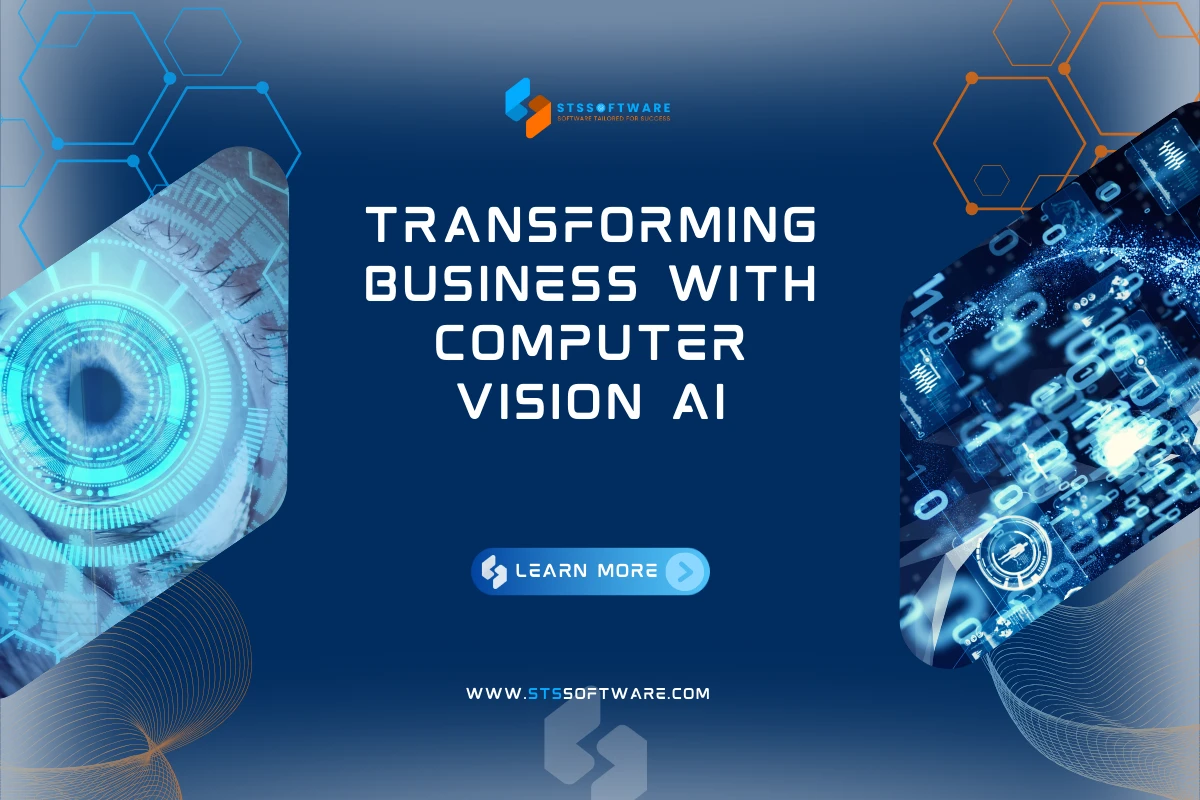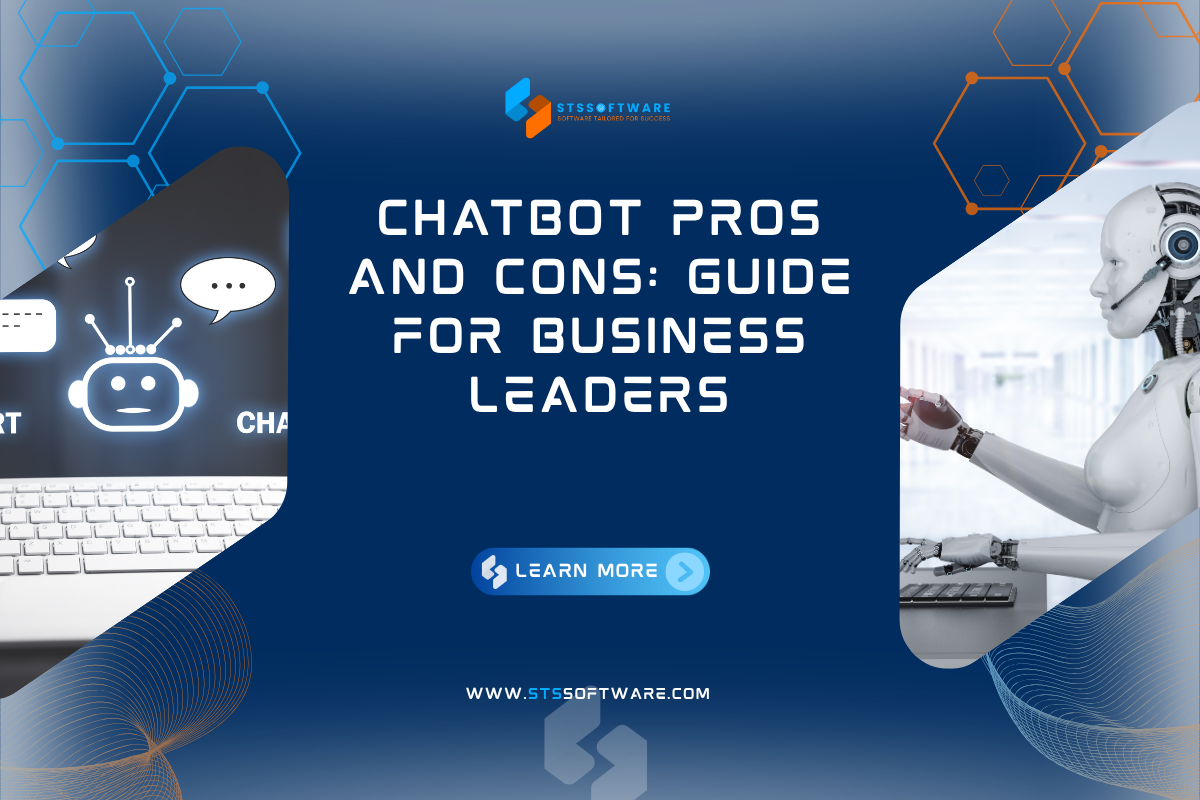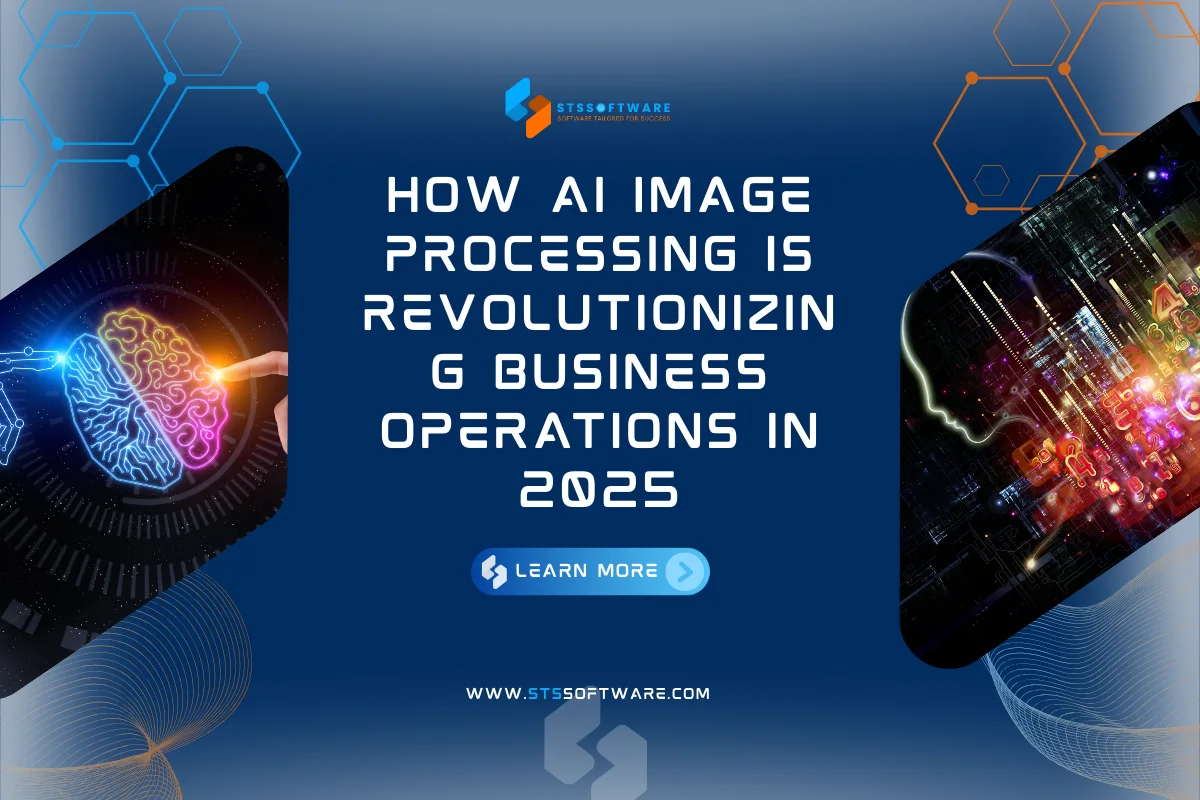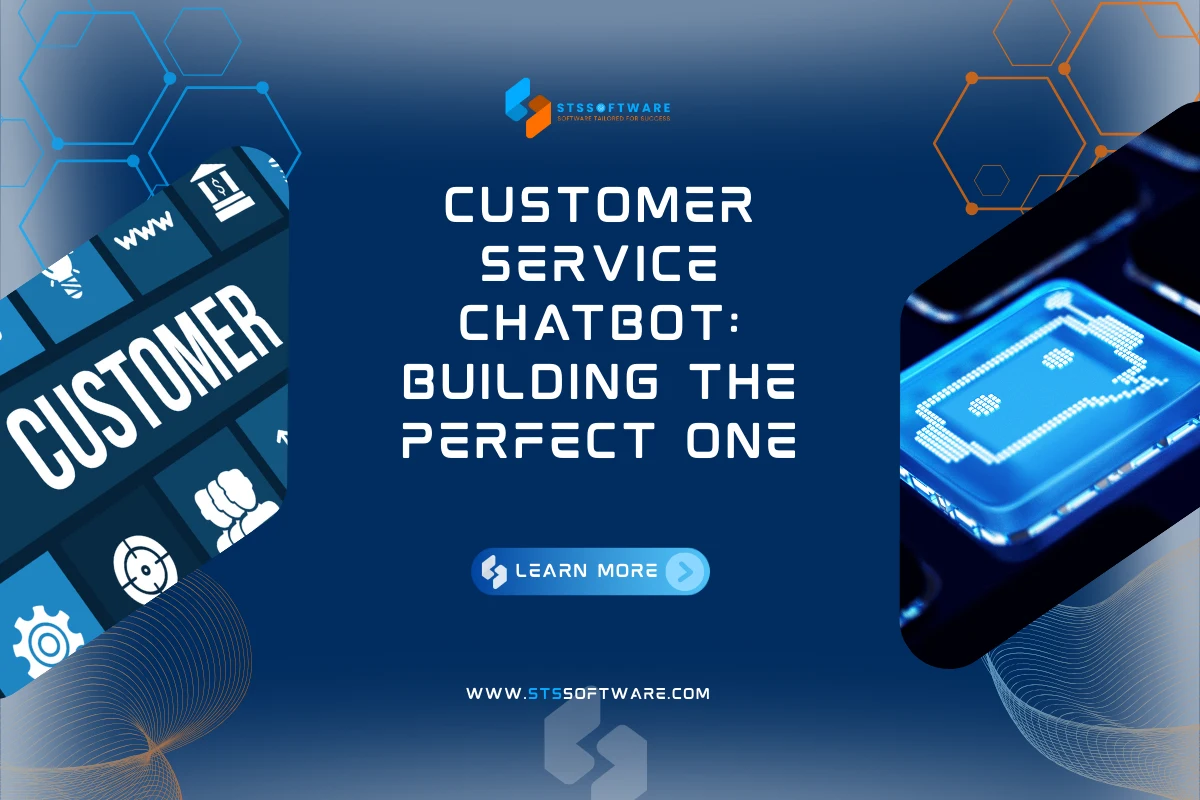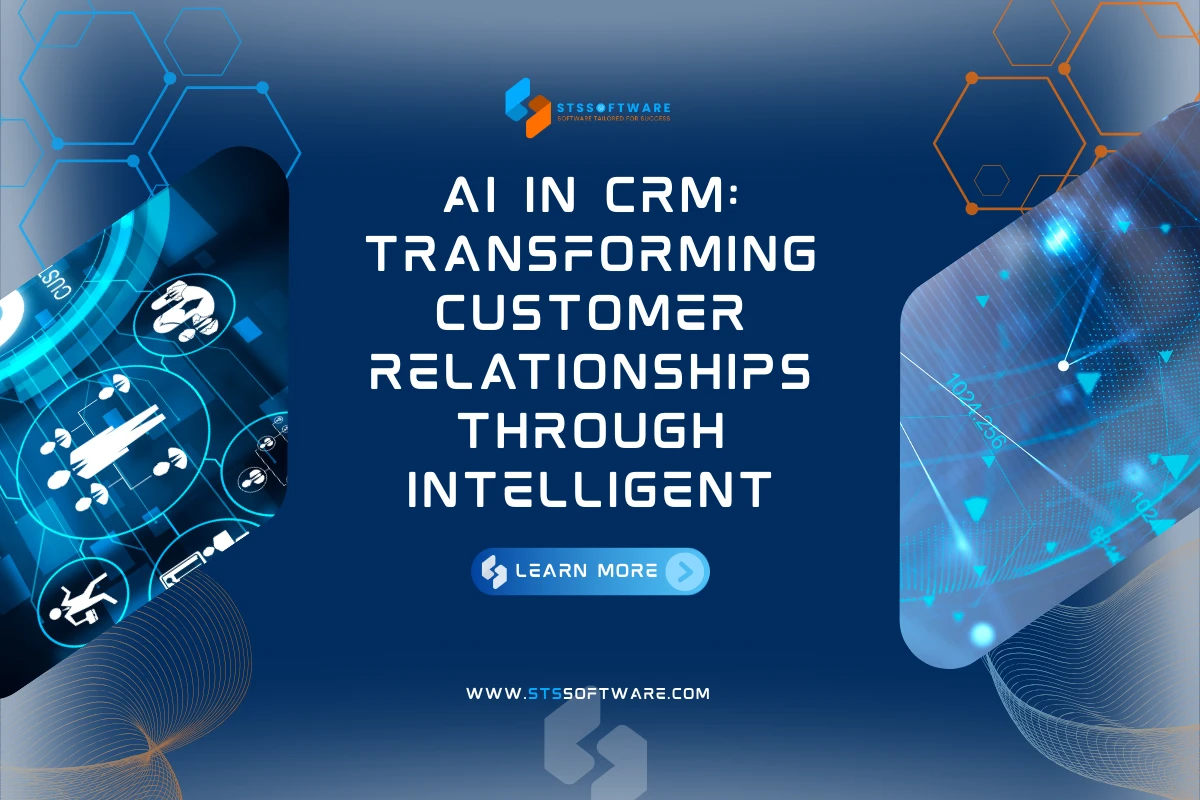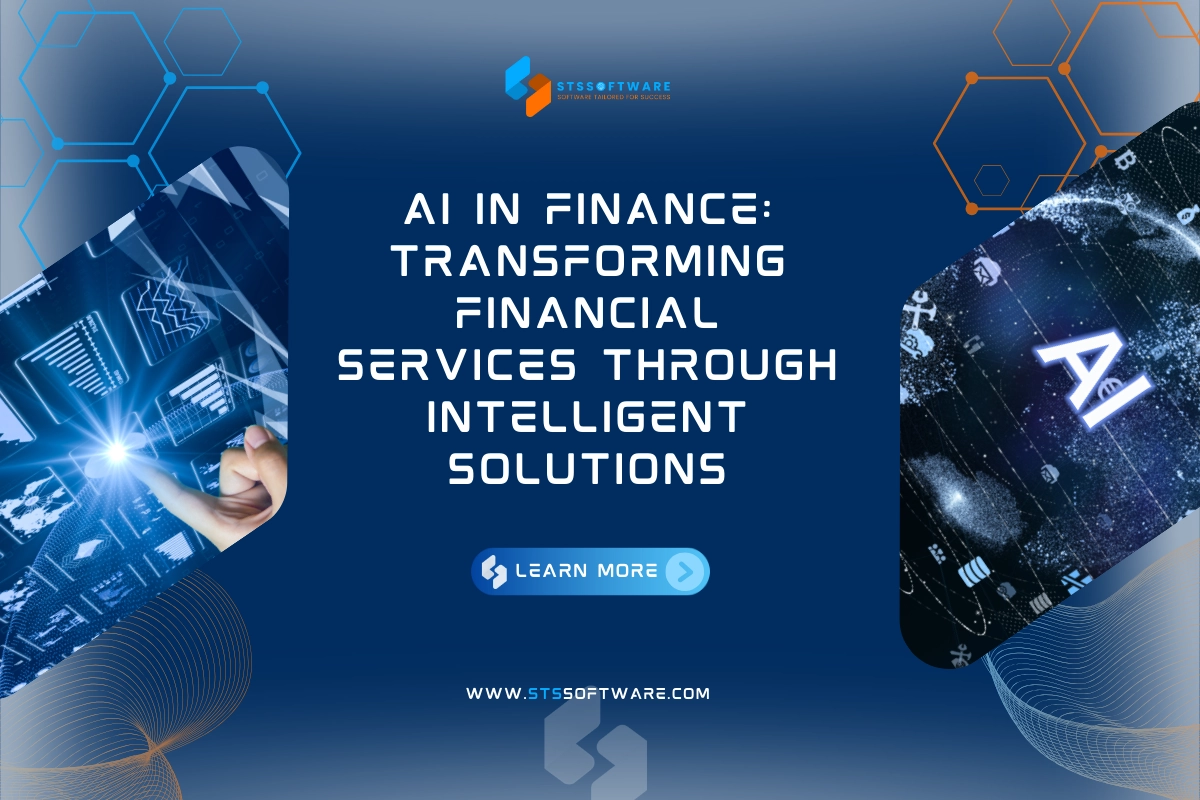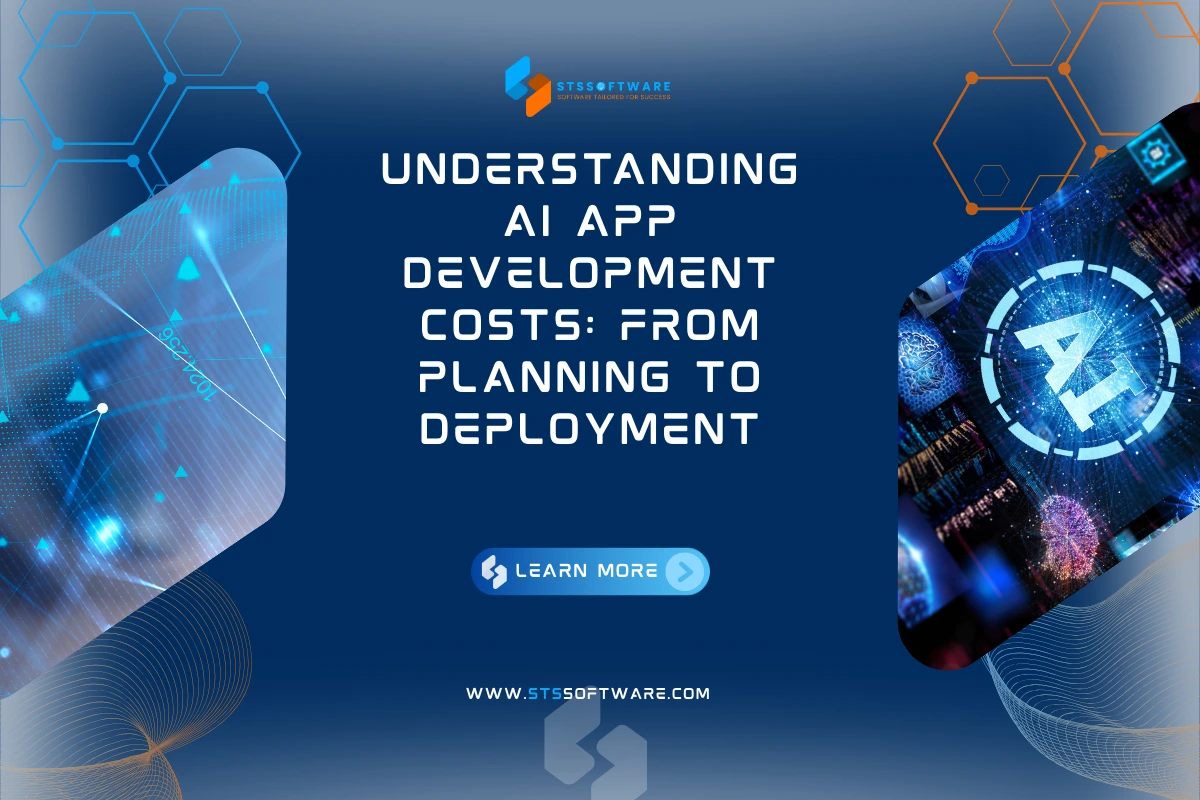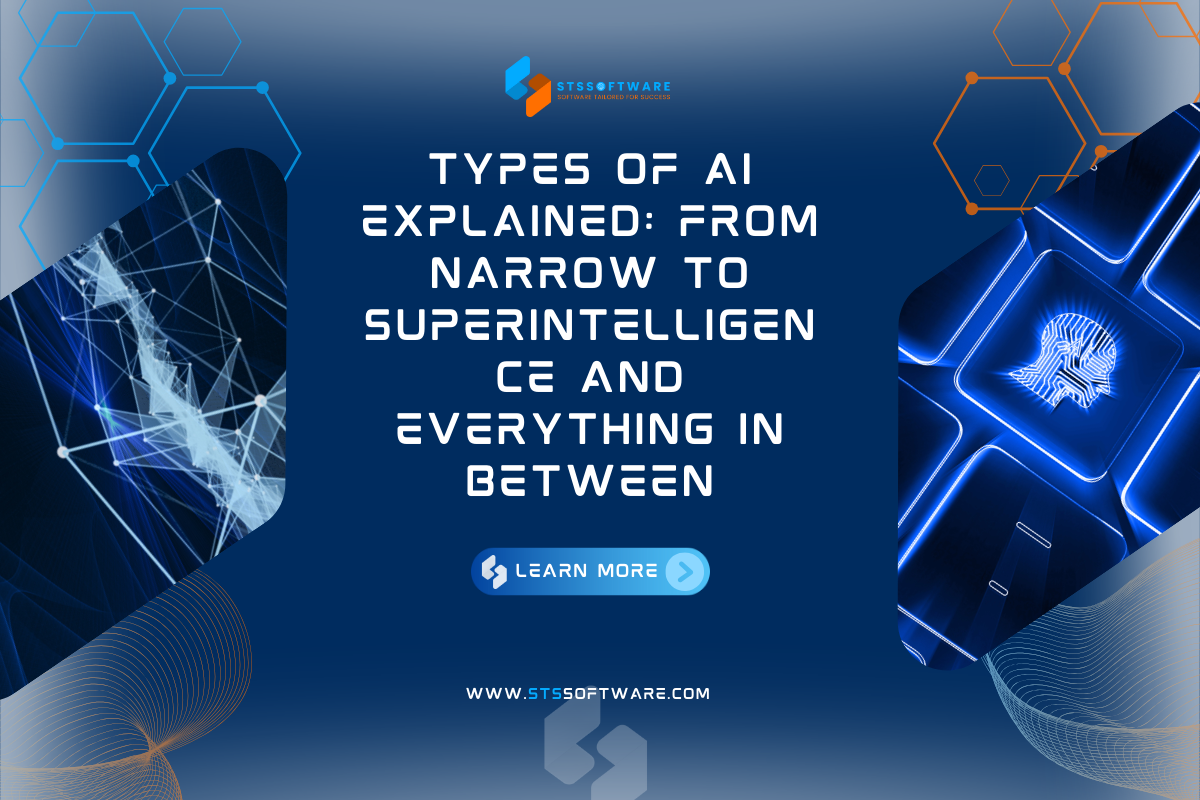In today, computer vision AI is rapidly growing as a transformative in across industries. The global market is projected to reach $58.9B by 2033 (from $16.6B in 2023). Businesses are unlocking new levels of operational efficiency, customer understanding, and innovation. They do all of these by enabling machines to interpret and analyze visual information. Artificial intelligence and computer vision ecosystem is the big part, among that technology empowers organizations to make faster, smarter, and more informed decisions using images, videos, and live camera feeds. Computer vision technology is not just a trend. It’s a strategic advantage reshaping how companies compete and grow in the era of intelligent automation. And it happens from enhancing quality control in manufacturing to enabling frictionless retail experiences.
What is Computer Vision and How Does it Relate to AI?
Computer vision is one of artificial intelligence that allows machines to interpret and understand data. Then the systems to analyze and make decisions based on images, videos, and camera inputs in real time. It will do the same as humans, but often faster and more accurately.
As a core part of artificial intelligence and computer vision integration, this technology combines advanced computer vision technology with machine learning to automate tasks that require visual cognition. Whether identifying defective items on a production line or recognizing customer behaviors in a store, computer vision in artificial intelligence helps businesses extract meaning from visual content at scale.
So, what is computer vision in AI? It helps connect raw image data and intelligence to perform actions and algorithms. This combination of artificial intelligence and computer vision is aimed at personalization and smarter decision making in many fields.
The Technical Foundation: How Computer Vision Systems Work
It is essential to explore the layers of technology behind it. So, we would like to understand how computer vision works, it is important to explore every single part of the technology. Then, they capture digital images through a camera or sensor leading to a computer vision system. These images then go through image processing, where noise is reduced and features such as shape, color, etc. are extracted.
Next, we will come to feature extraction. This is the place has patterns like faces, objects, or gestures are identified. We must use pattern recognition, the system categorizes and interprets these features. So, it is able to let AI computer vision systems come into play.
Modern computer vision systems rely heavily on convolutional neural networks (CNNs) for tasks such as object detection, segmentation, and facial recognition. These models are key elements of computer vision development. This allows applications to perform with near-human accuracy.
In essence, the computer vision system transforms visual inputs into actionable outputs by following a layered, intelligent process driven by AI.
Key Components of Modern Computer Vision Systems
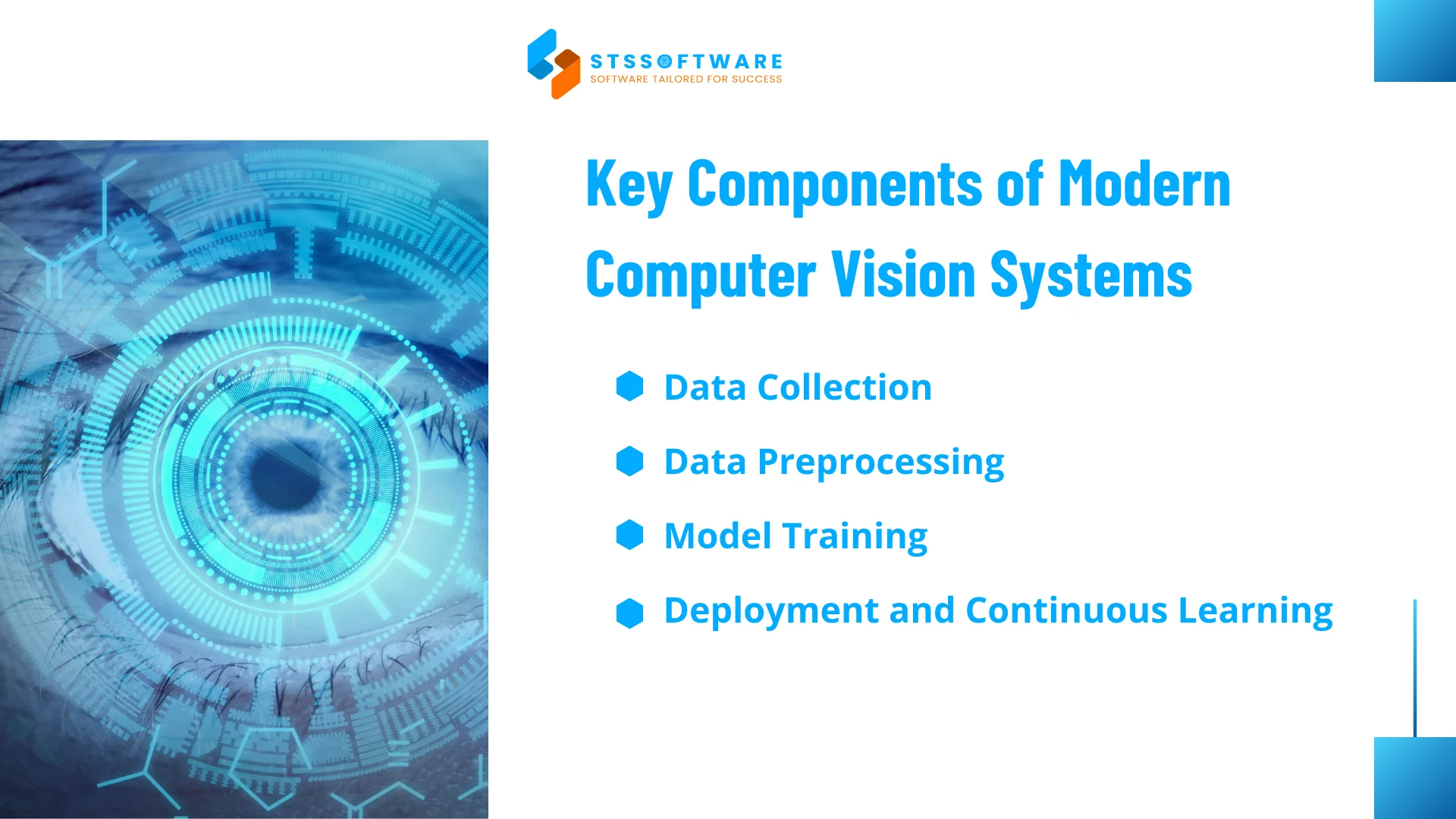
Modern computer vision systems are built upon a foundation of interconnected components that work together to transform raw visual data into intelligent insights. AI computer vision system lies a carefully structured pipeline that begins with data collection. High-quality, diverse datasets of images or videos are essential to train models that can generalize effectively in real-world conditions.
Once the data is gathered, preprocessing becomes critical. This stage involves cleaning, labeling, and augmenting images to improve model performance. Accurate labeling ensures the system understands what to “look for” in different contexts, while augmentation—such as rotating or cropping images—helps the system learn from varied perspectives.
Now we talk about the next component is model training. In this stage, deep learning architectures such as convolutional neural networks (CNNs). These are trained using labeled data. These neural networks enable computer vision development. In order to do it the steps we must do is recognizing patterns, classifying objects, and detecting anomalies with increasing accuracy over time.
Finally, deployment and continuous learning ensure that the system remains effective after going live. Feedback loops and new data help the system adapt, making computer vision systems more responsive to changing business needs.
Together, these components form a scalable, intelligent framework that powers impactful AI-driven visual solutions.
Transformative Applications of Computer Vision Technology
As computer vision technology evolves, it is revolutionizing operations across many industries. It starts by converting images and videos into actionable insights. This happens from automated inspections to intelligent decision making. Additionally, AI-powered computer vision delivers measurable results and a clear competitive advantage.
Now let’s talk about the manufacturing side, companies use computer vision applications to identify errors in real time, reduce waste, and improve product consistency. Furthermore, AI also help analyze live video streams to detect suspicious behavior or unauthorized access. And it will do with greater speed and accuracy than human operators for security surveillance.
In healthcare, computer vision supports diagnostics, and it do it by interpreting medical images such as MRIs or X-rays. Then, we are able to do earlier detection of diseases like cancer or neurological conditions. Meanwhile, we have to know that it helps retailers employ vision-driven analytics. That function support to study shopper behavior, optimizing shelf layouts, and personalizing in-store experiences.
Perhaps the most high-profile use case is in autonomous vehicles, where computer vision artificial intelligence allows cars to recognize road signs, detect pedestrians, and make navigation decisions in real time.
Across these domains, AI-powered computer vision is not just automating tasks—it’s reshaping how industries interpret the world around them.
Business Intelligence Through Visual Data
As companies accumulate massive volumes of visual data, turning it into strategic insight has become a priority. This is where computer vision and artificial intelligence converge to drive smarter decision-making.
With AI and computer vision, this creates an opportunity for businesses to monitor operational processes, identify inefficiencies. And it also forecasts trends based on image-based data patterns. In agriculture, we can apply drones with vision capabilities to analyze crop health from aerial images. In logistics, this technology can use cameras track inventory movement and predict stock shortages.
Computer vision in AI can recognize emotion, make foot traffic heatmaps, and product interaction analysis. These help a lot of brands refine both digital and physical strategies.
Organizations gain the kind of business intelligence that fuels innovation and sharpens competitive focus by exploring all hidden values in visual content.
Challenges and Limitations in Computer Vision Development
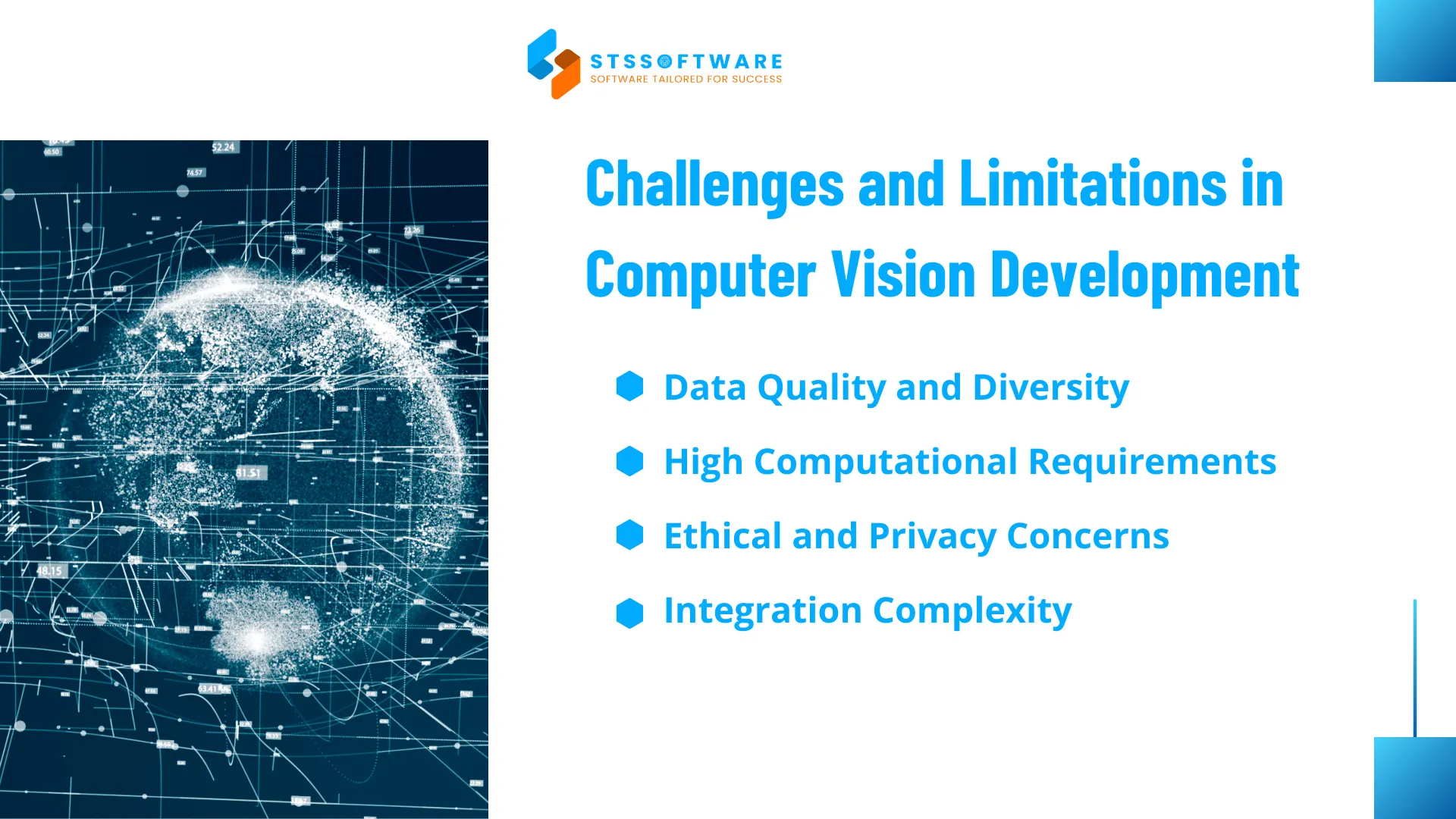
Computer vision development has some challenges because of its fasst. That businesses must care to deploy scalable and reliable solutions. A core hurdle lies in acquiring high-quality, labeled data. It is important for training accurate models. Without sufficient data diversity, performance issues such as bias and poor generalization can emerge.
The computational load is another concern. Running advanced AI in computer vision models requires powerful hardware and cloud infrastructure, especially for real-time processing tasks. These demands can increase costs and delay deployment.
Ethical issues are of particular concern, especially in cases where facial recognition and surveillance are used to steal information. Ensuring fairness, privacy, and compliance with regulations is critical when building computer vision artificial intelligence systems that impact human lives.
Lastly, integration complexity with existing business systems can limit adoption. Organizations must align technical capabilities with business goals to realize long-term value from AI-driven vision applications.
The Future of Computer Vision Technology
We can see the bright future of computer vision technology. It will be driven by ongoing research in areas. For example, self-supervised learning, edge AI, and 3D vision. These innovations promise to make systems faster, smarter, and less dependent on massive, labeled datasets.
One of the advantages of AI computer vision models are able of contextual reasoning. So, we can understand scenes not just pixel by pixel and also in terms of intent and interaction.
Meanwhile, the combinations of computer vision and AI with natural language processing and generative AI is expanding new frontiers. We can list an example is vision-language models enable systems to describe visual scenes in human language or generate images from text prompts.
As these technologies evolve, businesses that invest early in vision-driven intelligence will be best positioned to lead their industries through innovation, efficiency, and customer understanding.
Why Choose STS Software
When it comes to implementing computer vision AI effectively, businesses need more than just technology—they need a partner who understands their industry and goals. STS Software brings years of hands-on experience in AI development, offering custom-built solutions that align perfectly with client objectives.
Our expert team combines deep knowledge of computer vision development with agile methodologies to deliver scalable, secure, and high-performance applications. From healthcare imaging tools to retail analytics platforms, we have helped businesses transform visual data into business results.
What sets STS Software apart is our customer-centric and customer-centric approach. We work closely with stakeholders to make sure that every solution okay into existing workflows. We are committed to not only implementing but also providing ongoing support to ensure long-term success and adaptability in the changing AI landscape.
Conclusion
Computer vision AI is no longer a futuristic concept. It’s a powerful tool to remake how businesses interpret, act on, and capitalize on visual data. From quality control on manufacturing lines to advanced diagnostics in healthcare, its impact is growing across industries.
However, the true value of computer vision and AI emerges when it’s strategically developed, expertly implemented, and aligned with real-world business needs. That’s where STS Software comes in. With our technical expertise, custom development capabilities, and commitment to client success, we help companies turn complex visual data into competitive advantage.



